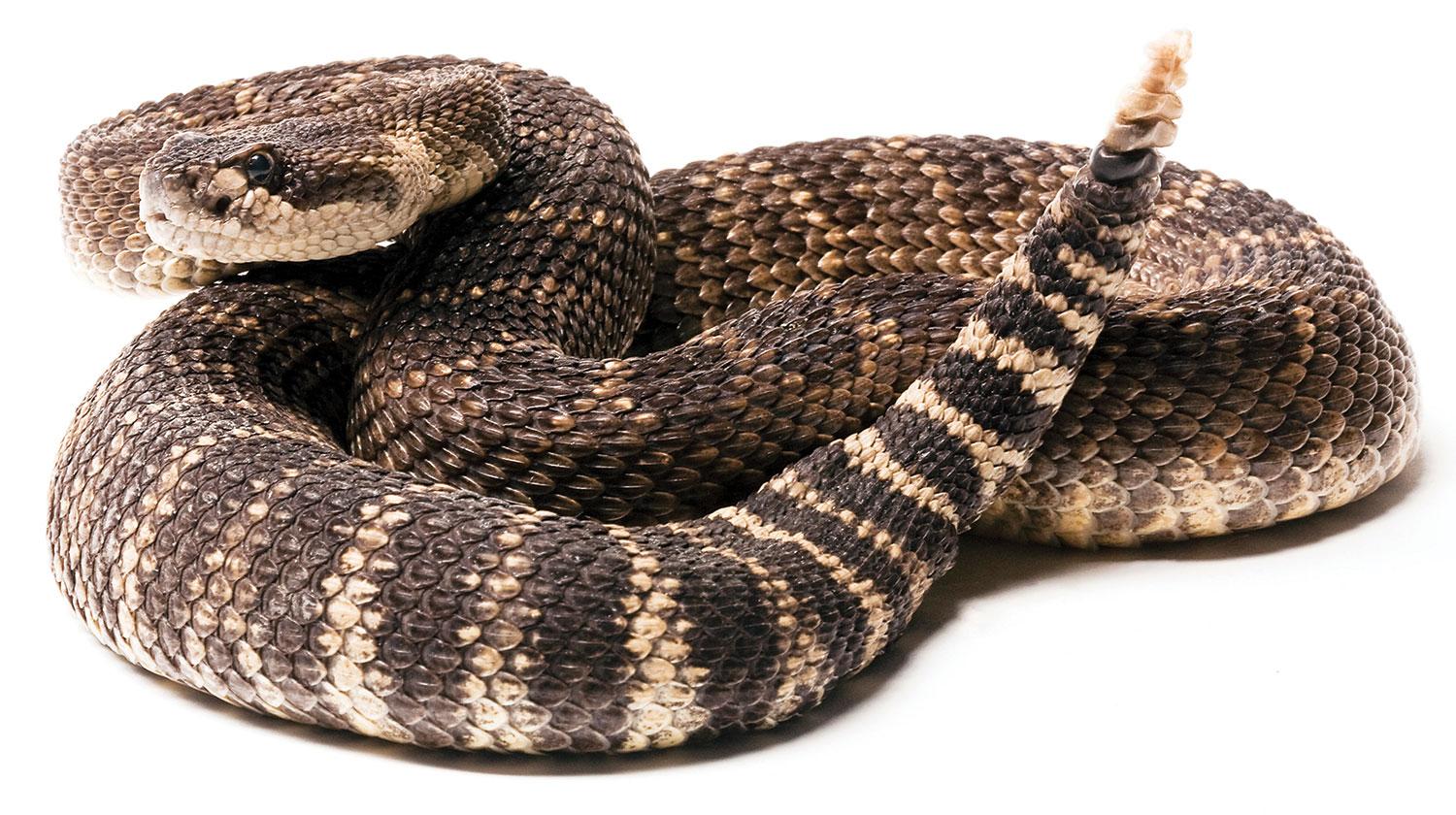
Why Snakebites Go Up After Rainfall

Caleb Phillips (PhDcompsci’12) knows an awful lot about venomous snakes for a computer scientist — how often they bite humans, for instance. And his latest research indicates snakebite incidence is rising, possibly due to climate change.
In a recent study, the CU Boulder scholar and fellow researchers found that, over the past 20 years, snakebite occurrence consistently decreased following drought conditions in California — but rose after precipitation.
For snakes, more rain means more food.
Specifically, when rainfall increased 10 percent over an 18-month period, snakebite cases rose, on average, 3.9 percent in California’s 58 counties.
The findings contradict a popular theory among wilderness health experts, namely that drought leads to bites by forcing snakes into the open. The new information could affect how we prevent and treat dangerous encounters between humans and snakes, especially as climate patterns shift across the western United States, said Phillips, an adjunct assistant professor in computer science, avid trail runner and trained EMT.
“We probably need to take climatological changes into account when we coordinate systems that may seem unrelated, like planning how we distribute antivenin supplies or funding poison control centers,” he said.
Snakebite incidence hit record low levels in California in 2015 and 2016, when the state experienced a historic dry spell.
During the 20-year period covered by the study, there were 5,365 reported snakebites.
The researchers — from CU, Stanford and elsewhere — suspect bites surge during rainy years because snakes’ prey, such as mice and other rodents, flourish in wet conditions.
Phillips encourages fellow outdoor enthusiasts to remain calm when they cross paths with a venomous snake.
“Don’t pick a fight with it,” he said, “and it won’t pick a fight with you.”
Visit CU Boulder Today for more on this research.
Photo by @iStock/stevelenzphoto

